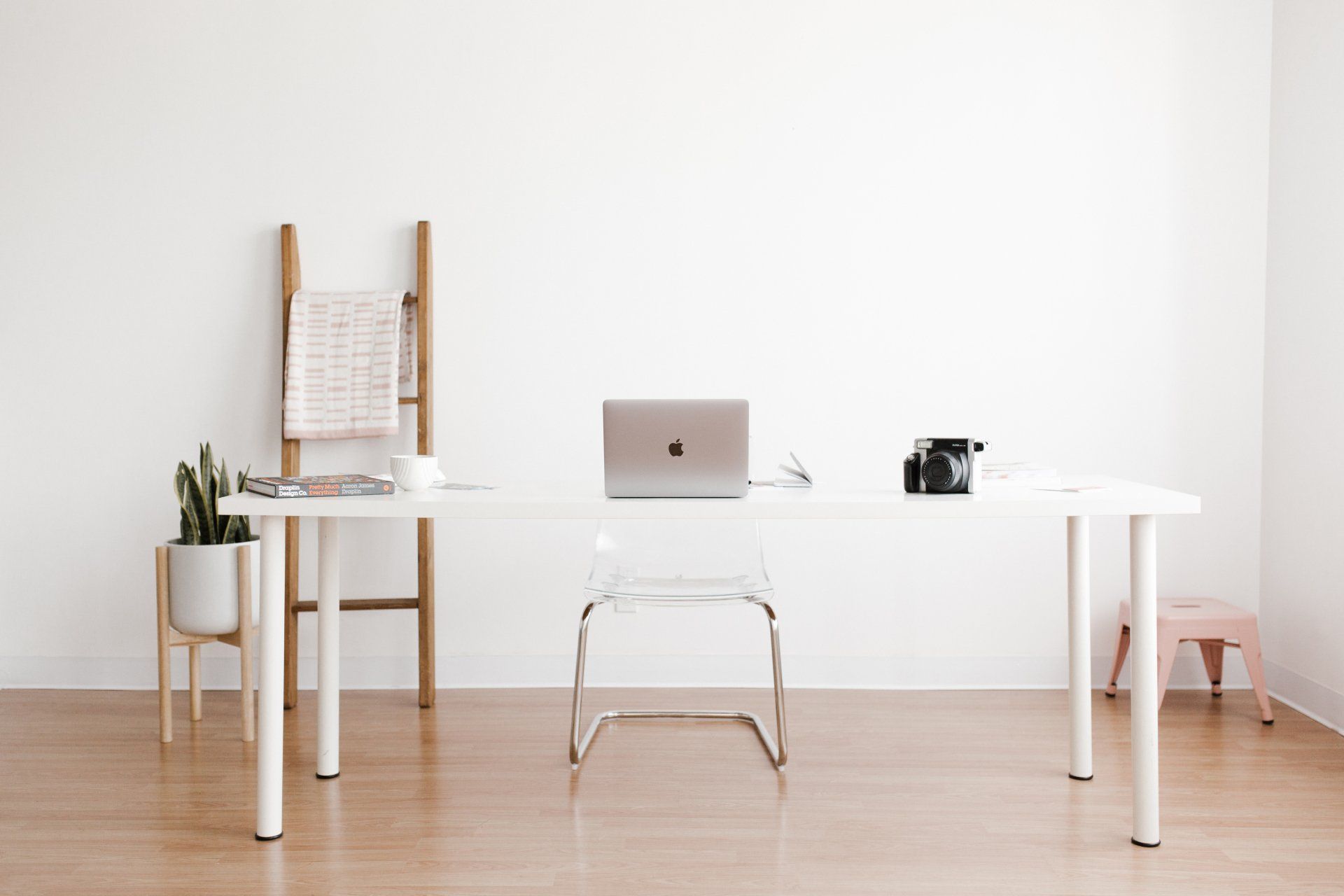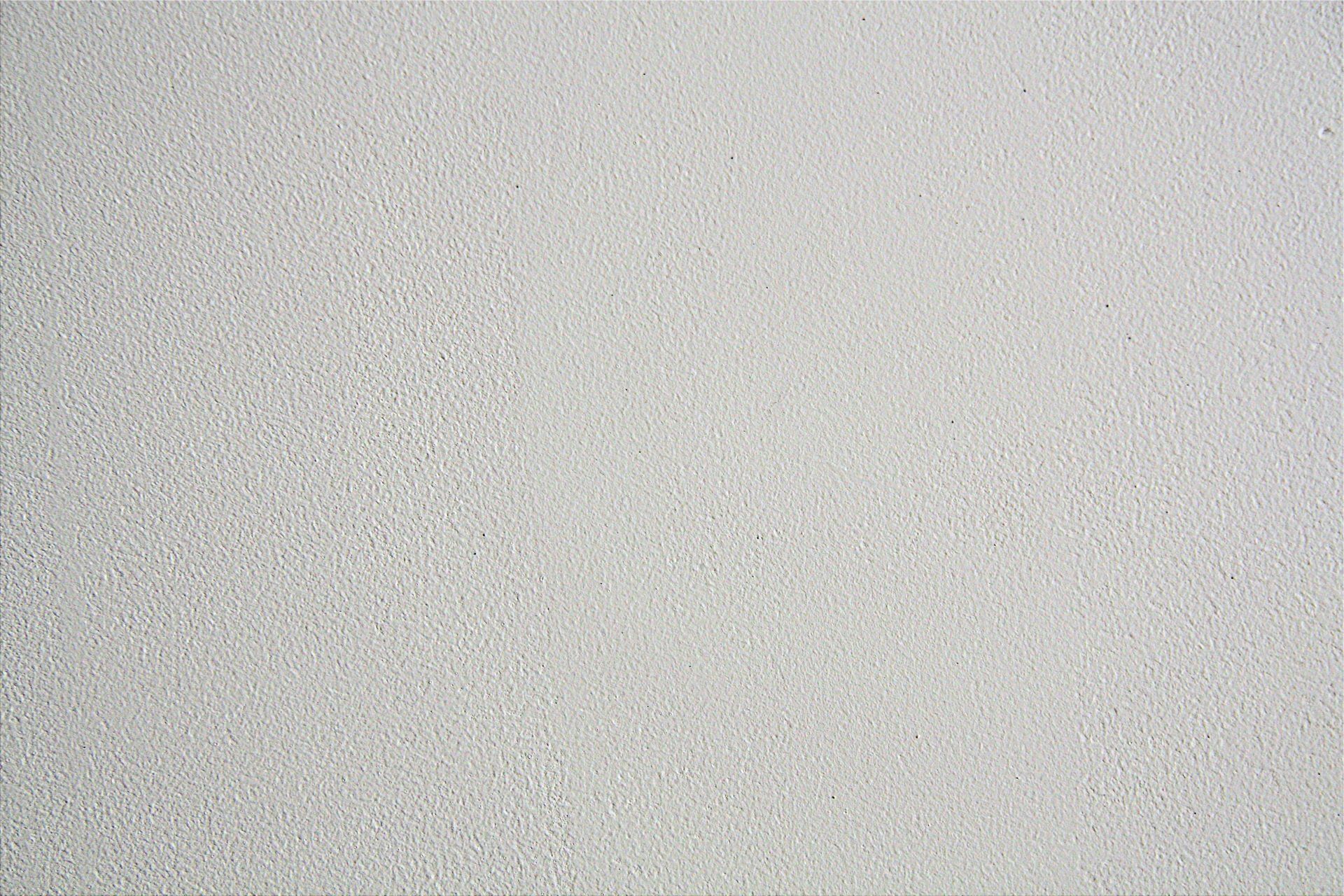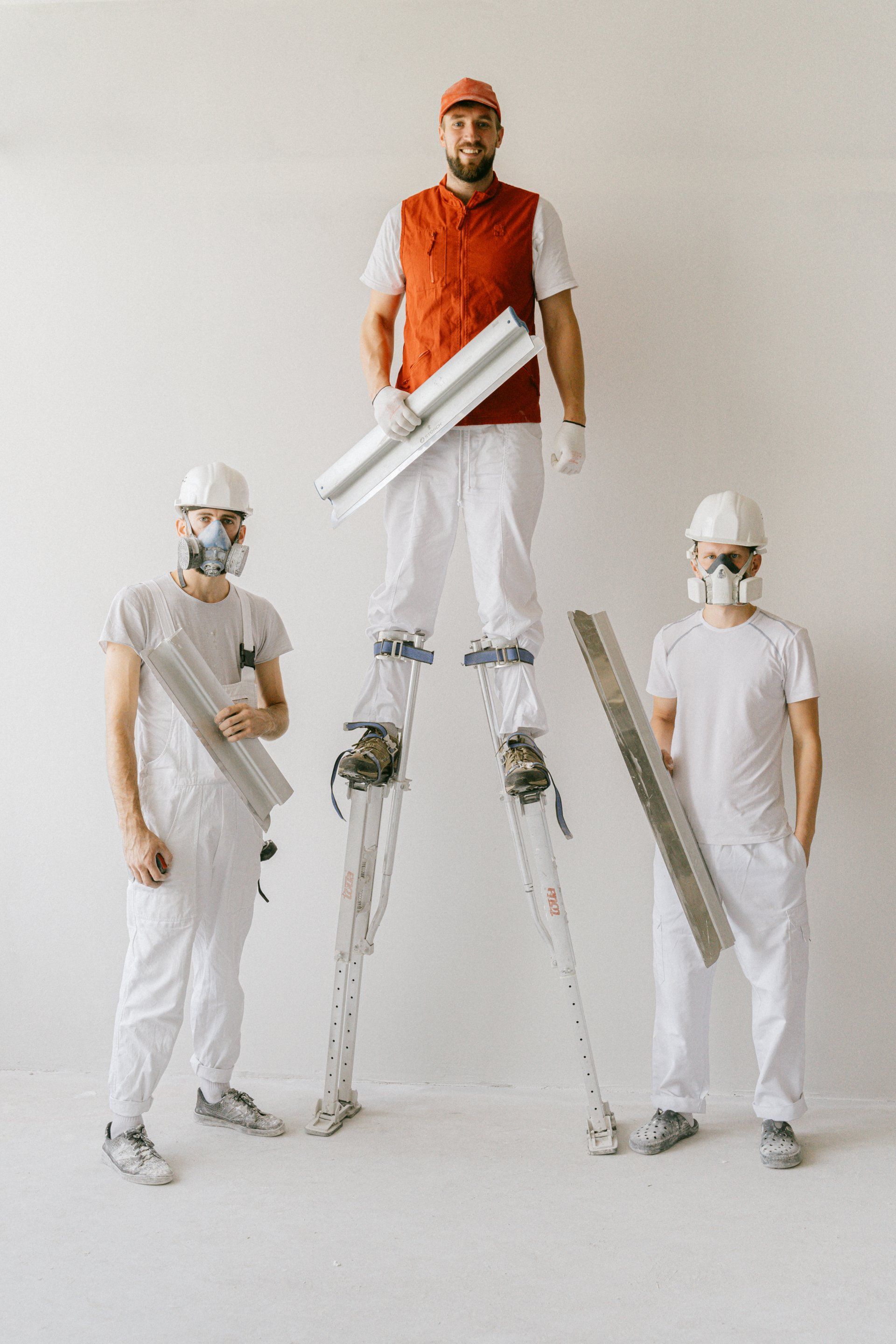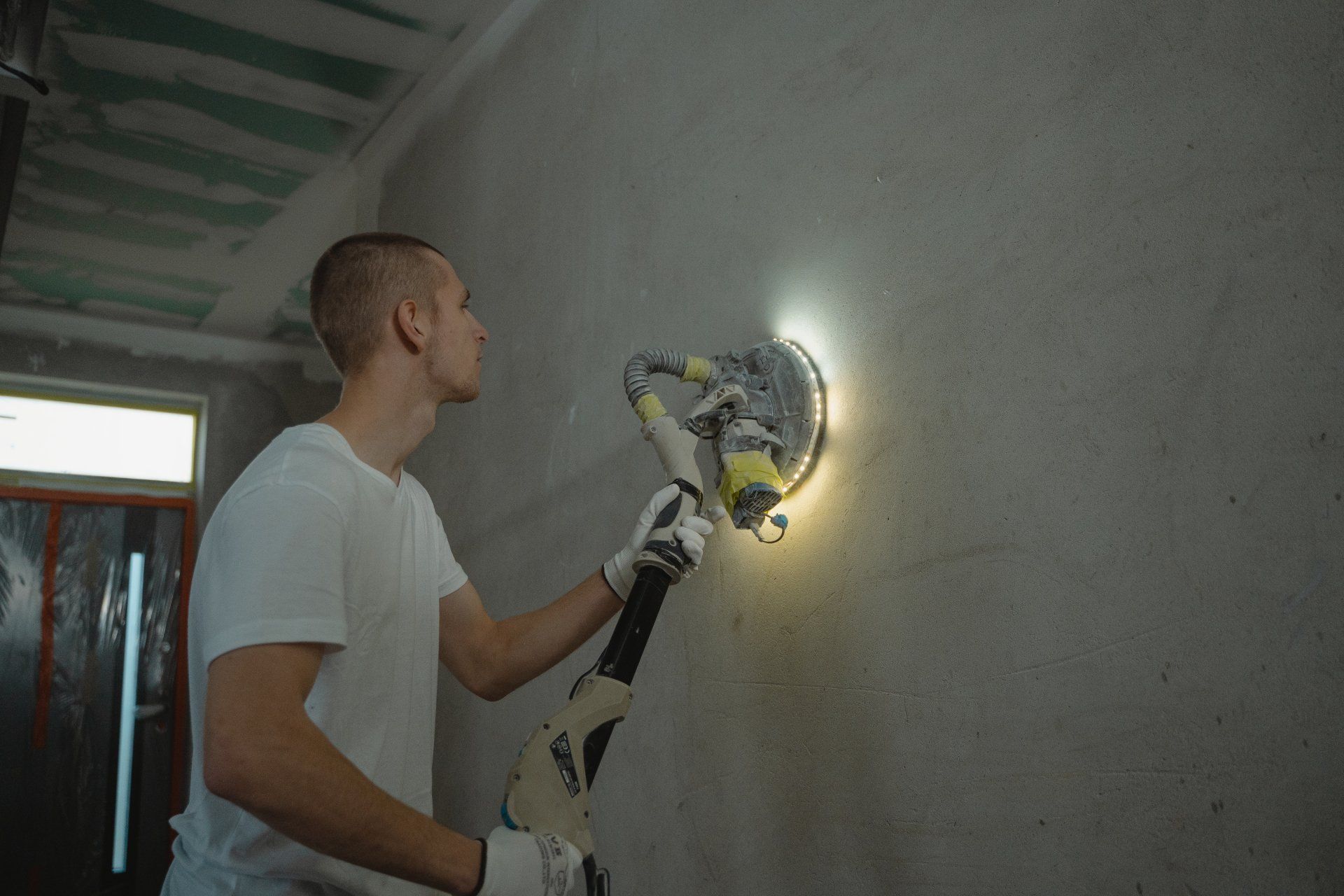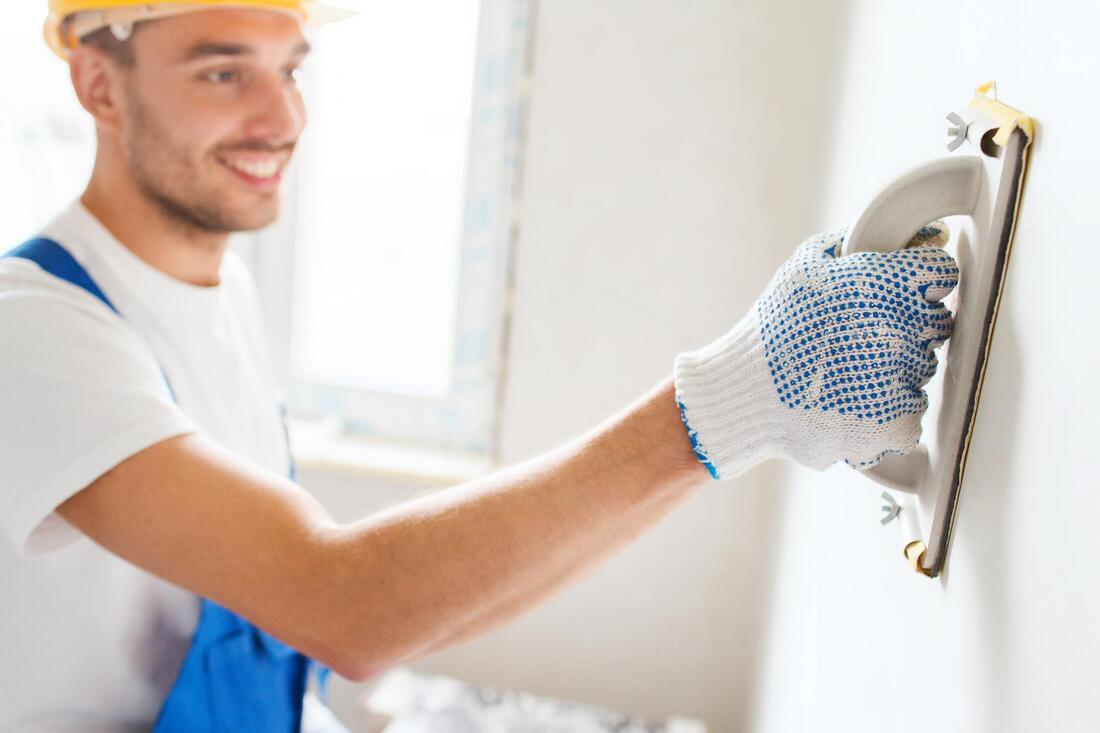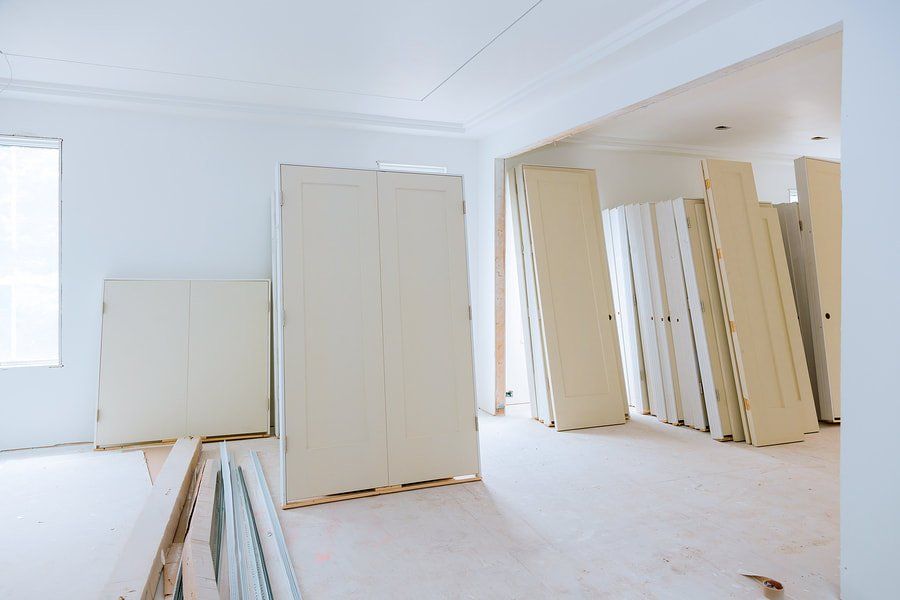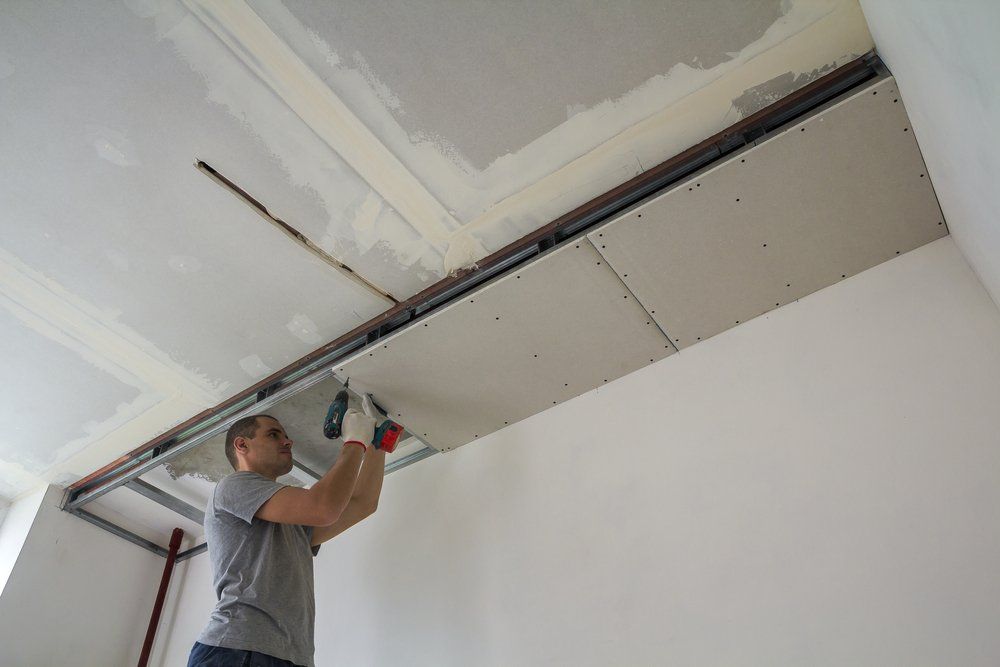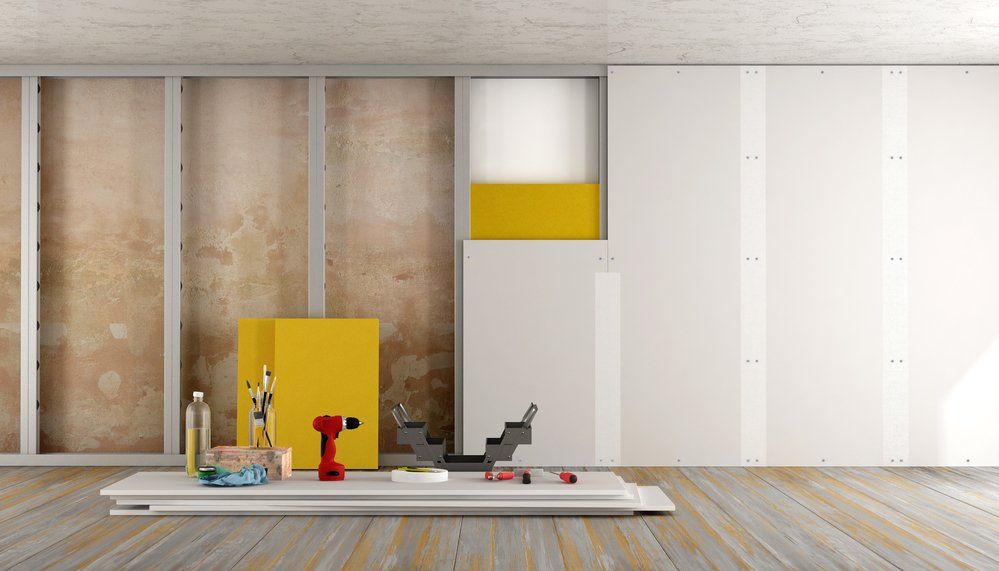The Best Tips to Avoid Drywall Texturing Mistakes
The Best Tips to Avoid Drywall Texturing Mistakes
Drywall installation is probably one of the easiest yet trickiest DIY projects. Making a drywall installation mistake opens the door to long-lasting problems in your walls or coats of paint. So you might want to hold your horses and go through the process as gradually and carefully as possible. However, the most crucial phase of drywall finishing is texturing. It is the last phase, but getting it wrong can ruin the entire project. Imagine re-doing your drywall after the installation, taping, mudding, and sanding. A nightmare!
This article shows you how to avoid drywall texturing mistakes like using thin paint, the wrong primer, and tools. However, the safest way to avoid making a drywall texturing mistake is by hiring a drywall contractor in Orange County.
Without further ado, here are the best tips to avoid drywall texturing mistakes:
1. Adhere Strictly to Instructions
Decide what kind of drywall texture you want to use in your home before you begin. Depending on how you apply the paint, there are a variety of textures. Textures include slap brush, skip-trowel, orange peel, and more. There are a variety of finishes that you can achieve with these textures.
It may not be easy to get the finish you want as a rookie. So take note of what's in the user's guide. We can not say this enough, but success lies in your following instructions. Get in touch with your local Orange County painting company if you don't understand the guide.
2. Mix the Texture Properly
The lumping of mix occurs when there is excessive water in the original mixture. Begin mixing with little amounts of water to avoid creating lumps in the drywall texture. Then keep adding water until there are none left. Take your time and use a high-quality mixer to get the job done. Keep in mind that it's better to add water in bits than to have a mix that you'll have to throw away at some point.
If your drywall texture mix gets watery, cold water is the likely culprit. If you have to use that, you should let the material soak in cold water for at least two hours before mixing it. Drywall texture materials do not do well with temperatures below 55 degrees Fahrenheit. Remember to use the correct amount of water, perhaps a tad less than the manufacturer recommends.
3. Use the Proper Equipment
Texturing techniques using brushes and rollers differ from those using spray guns or paint markers. As a result, using the proper texturing tools is critical to attaining the intended outcome.
For example, you'd need two people to get the sand swirl texture. During this process, one person rolls the mixture while the other crafts the designs. If you aren't quick enough, the paint may dry before you complete the design. You must be sure that you are using the correct tools for your chosen method.
4. If You Are Using a Spray, Do So Carefully
When using a spray-on texture, follow the manufacturer's instructions about how much air pressure to use. If you hold the gun too close to the surface you're spraying, the aggregate will bounce off or fall out of the application. In other words, the texture won't stick to the wall's surface.
5. Carefully Handle the Sprayer
Use the appropriate amount of water to ensure that the spray-on texture has the proper viscosity. Sprayer movement should not be excessively quick or slow. When applying the spray-on texture, you'll need to figure out the ideal speed to employ. Be careful not to oversaturate the spray surface, and ensure you're using the proper spray pressure. The rate at which you apply the paint must be the same on every part of the surface.
6. Use the Right Spray Pressure
Water shortages are a regular difficulty while preparing a spray mix. You may not have assessed the material correctly, and you are attempting to cover an area larger than the recommended one. Use the right spray pressure and uniformly apply the joint to avoid this problem. When it comes to the recommended coverage area, always heed the manufacturer's advice.
7. Get the Walls Ready
If the tape is coming off or nails are sticking out, it's not a good idea to start texturing the drywall. So, it would be best to ensure the drywall is ready for texturing before you start. Sand the drywall, fill in holes, and fix any tape coming off. The paint will stick to the surface much better if the surface is smooth.
8. Use Both the Primer and the Paint
It is important to prime the drywall before you start adding texture. Use the right primer. If you prime the drywall first, the paint will stick to it much better.
When you haven't properly primed a drywall seam, a layer of texture might build up. So, you should apply roller or brush textures as soon as possible after each other. The dilution of texture material can cause texture buildup over drywall joints. When combining texture material, use the correct amount of water. And give yourself enough time between applying the texture material and texturing it.
9. Do Not Flash Over Gypsum Panels
The texture can change when you flash over gypsum panels, which often shows as a color difference. Let the texture dry, then paint the whole surface. Use a primer coat or flat interior latex paint to prepare the surface before adding texture. To avoid other problems, use the products at the right temperature.
Conclusion
You can achieve aesthetic excellence if you follow these tips. As we said, this phase of drywall installation is the toughest. But you will scale through with the right tools, right paint, right primer, and adherence to instructions. Again, hire some drywall contractors in Orange County if you think the work is too difficult. They will start and finish the project for you with ease.
Orange County Drywall Repair is a company that paints and fixes drywall. We have the experience, skills, and tools to texture your drywall at prices you can afford. Give us a call to get a quote now!
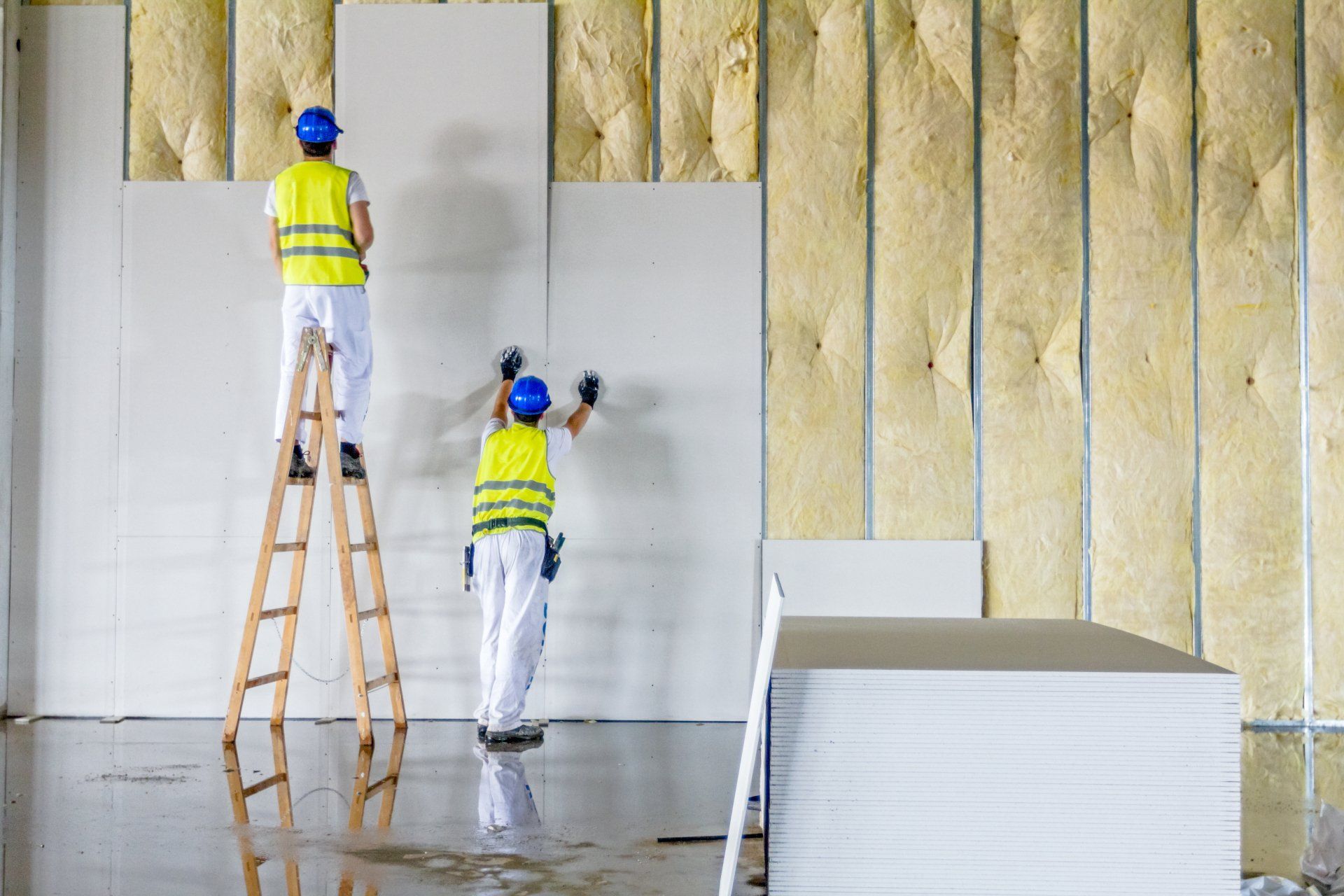
Orange County Drywall Repair701 N Loara St #15511, Anaheim, CA 92803
All Rights Reserved | Orange County Drywall Repair

